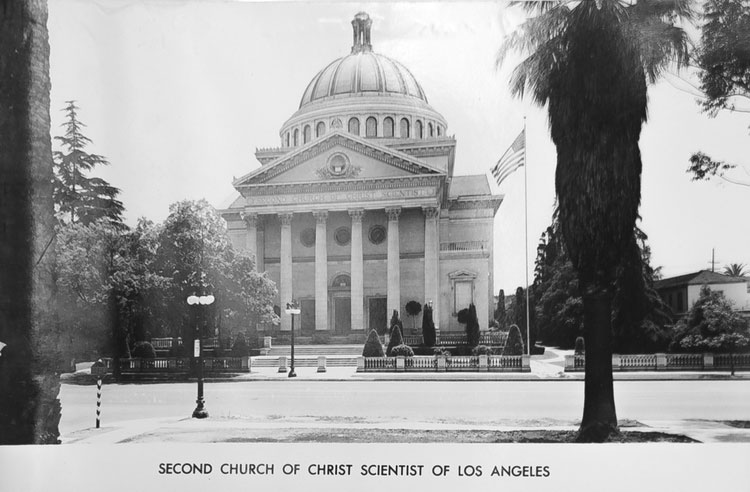
Design Dynamics, California signage and print specialists, recently completed the exterior signage on a historically registered building in Los Angeles. The project was a difficult one, requiring new signage to be applied to the classical architectural marvel. The signage was required to not damage the building, or permanently alter it in any way.
 On the National Register of Historic Places (NRHP) since the late 1980s, Alfred H. Rosenheim built the structure in the early 20th century. An obviously challenging endeavor, Design Dynamics created an ingenious plan to create new signage that would not only blend into the historic façade, but also mimic the one it replaced. The Roman style Corinthian building features marble columns and is covered in white terra cotta tiles.
On the National Register of Historic Places (NRHP) since the late 1980s, Alfred H. Rosenheim built the structure in the early 20th century. An obviously challenging endeavor, Design Dynamics created an ingenious plan to create new signage that would not only blend into the historic façade, but also mimic the one it replaced. The Roman style Corinthian building features marble columns and is covered in white terra cotta tiles.
Design Dynamics describes, “Our challenge was to find a way to securely attach new signage to the building so that it would not be blown off during high winds or knocked off the building during small to moderate earthquakes and yet not damage the terra cotta tiles. The sign also had to match the surface of the building, so that it looked as if it was part of the original design.”
Using a photograph of the original structure, the designers utilized the PMS Color Chart to find the exterior’s exact color equivalent. Equally important, was the typology, wanting the new sign to blend into the Roman context of the building’s design. For this, they discovered an architecturally appropriate letter style.
 The substrate chosen was durable, stable, and relatively light Dibond aluminum composite material. “The image of new lettering and the terra cotta background were printed directly onto the Dibond material,” Design Dynamics explains, “…the sign was printed on a UV direct printer, so there would be nothing to delaminate from the surface of the panel.” After printing, the sign received a clear coat of polyurethane to ensure it could withstand the external elements.
The substrate chosen was durable, stable, and relatively light Dibond aluminum composite material. “The image of new lettering and the terra cotta background were printed directly onto the Dibond material,” Design Dynamics explains, “…the sign was printed on a UV direct printer, so there would be nothing to delaminate from the surface of the panel.” After printing, the sign received a clear coat of polyurethane to ensure it could withstand the external elements.
Additional measures were taken to ensure no permanent damage to the building would occur, “…care was taken not to drill the anchor holes for the anchor screws into the tiles. All the anchors hit the mortar between the tiles, so if, or when, the sign is removed the holes in the mortar can be filled without being noticed,” explains Design Dynamics.
The strict parameters set in place by the NRHP ensure that classical architecture around the country is protected from alteration and even demolition. Abiding by these restrictions, the exterior signage created by Design Dynamics matches perfectly with the existing structure; as if its new tenants were there since its construction in 1910.
information courtesy of Design Dynamics
photography courtesy of Untold LA Blog & Yelp

